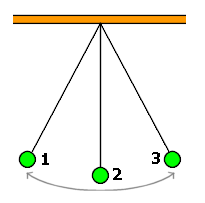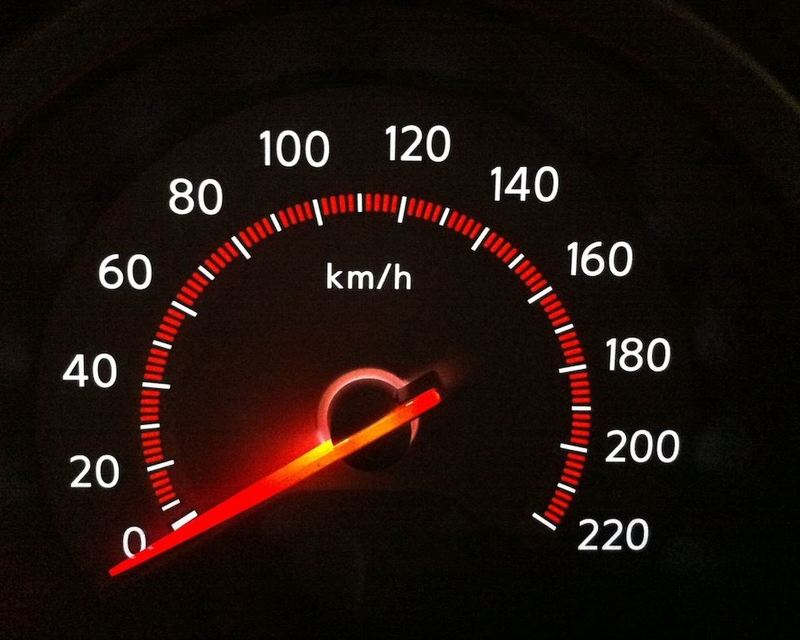7th Grade > Physics
MOTION AND TIME MCQs
:
A and B
A distance is usually described using the physical quantity 'length'. Hence, the unit of distance is the same as unit of length, which is a fundamental quantity.
Here, metres and kilometres are units of length. Hours is a unit of time and kilograms is a unit of mass.
:
B
- When a body moves in a circular path with respect to time, it is known as circular motion. e.g. the tip of minute hand.
- When a body moves in a straight line with respect to time, it is known as linear motion. e.g the stone falling from a height.
- When a body moves about its own axis, it is known as rotational motion. e.g. the wheel of the sewing machine.
:
Definition: 1 Mark
Translational motion is the motion of body where body moves in the linear path. It is the motion in which all points of a moving body move uniformly in the same line or direction.
:
Definition: 1 Mark
Unit: 1 Mark
The average speed of a moving object is defined as the total distance covered by it divided by the total time taken.
Average speed=Total distance coveredTotal Time
The S.I unit of speed is meter per second. Speed is also measured in kilometre per hour.
:
Condition for uniform motion: 1 Mark
Answer: 1 Mark
Speed1 =310=0.3km/min
Speed2 =630=0.2km/min
Speed3 =1060=0.166km/min
When a body is in a uniform motion, it covers equal distance in equal intervals of time.
In the above question, speed in all the three cases is different. Hence, it is not a uniform motion.
:
Sub-parts: 1 Mark each
(i) Seconds in a day =60×60×24=86400 seconds
(ii) Minutes in a week =60×24×7=10080 minutes
(iii) Hours in a year =24×365=8760 hours
:
Calculation: 1 Mark
Result: 1 Mark
Speed of Person B = 25 m/s
=25×185 = 90 km/hr
Speed of Person A is 60 km/hr
Hence, Person B is faster.



















